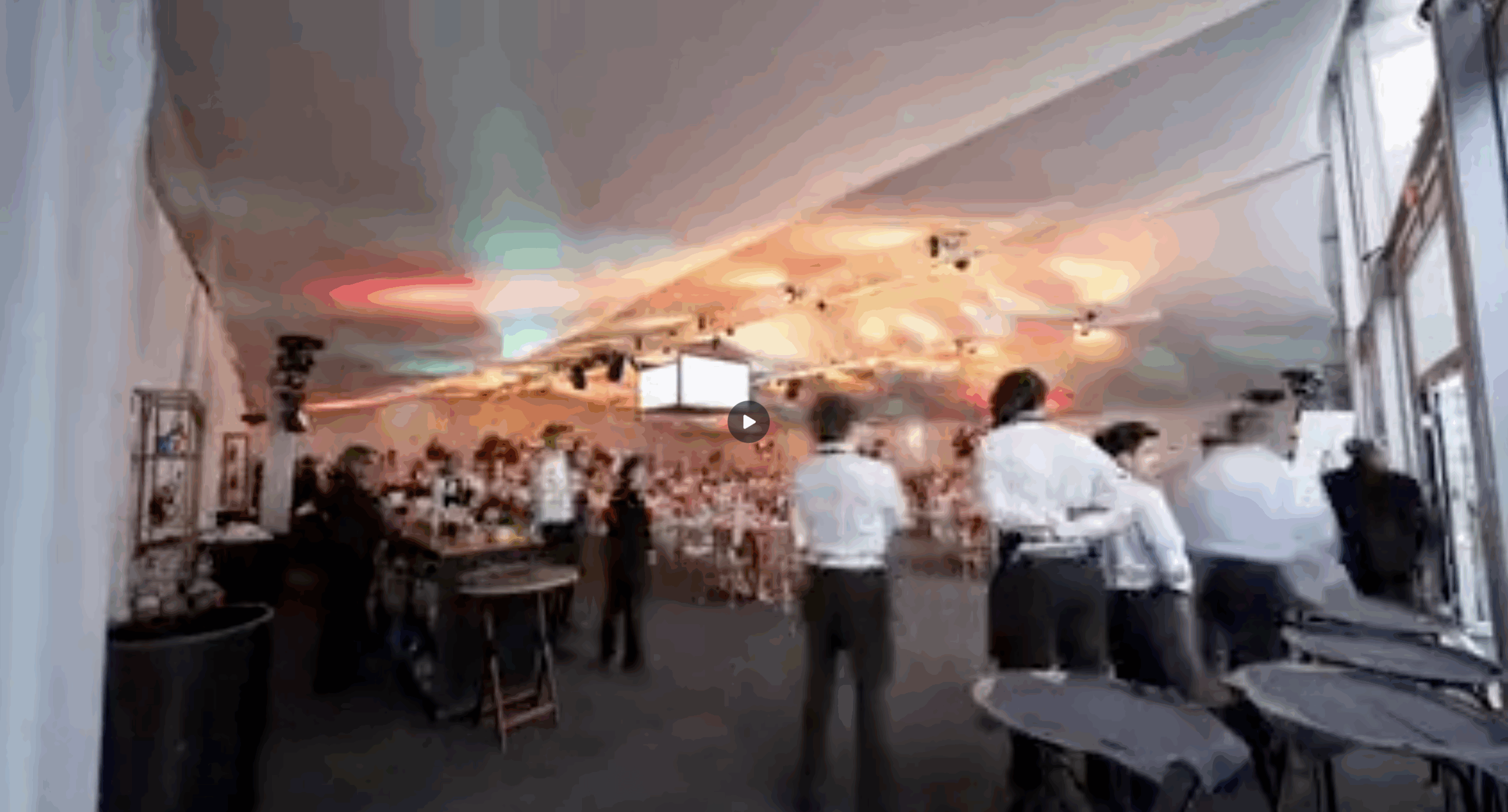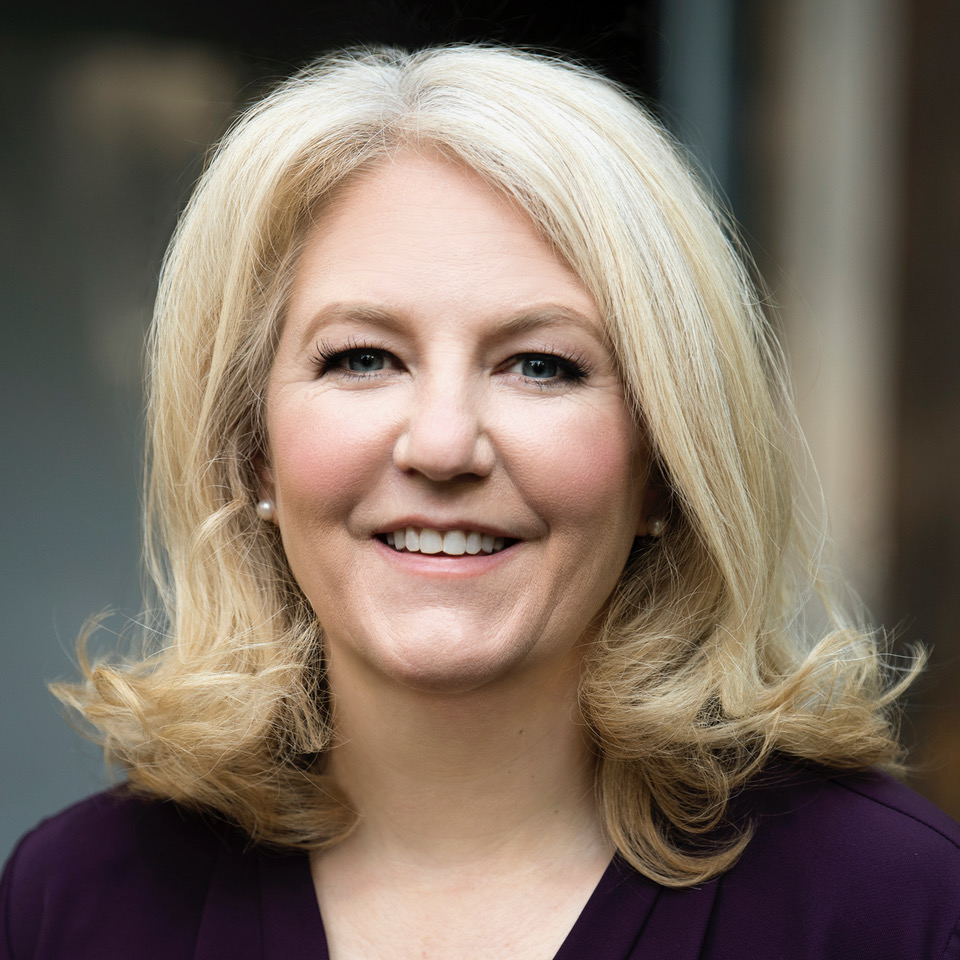News
Most Corporate Events Fail Before They Even Begin. Here’s 5 Things Brands Must Do to Get It Right
Article by Andrea Surnit July 11, 2025 Professionals today are more selective than ever about how they spend their time away from home or the office, according to Amex Global’s 2024 Global Meetings and Events Forecast. And that makes earning an RSVP far more complex than it used to be. Despite this shift, many brands still treat ... Read more






